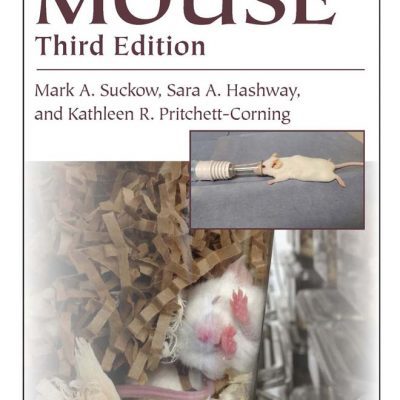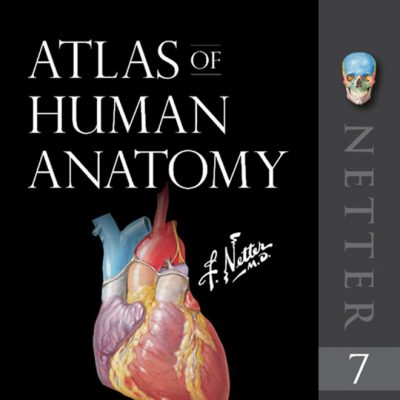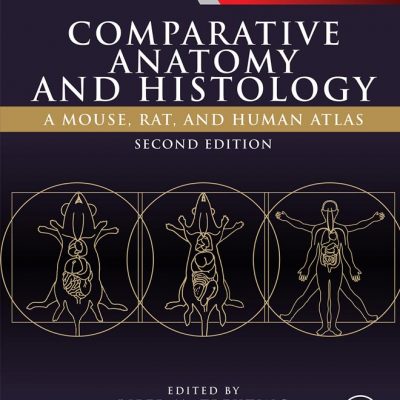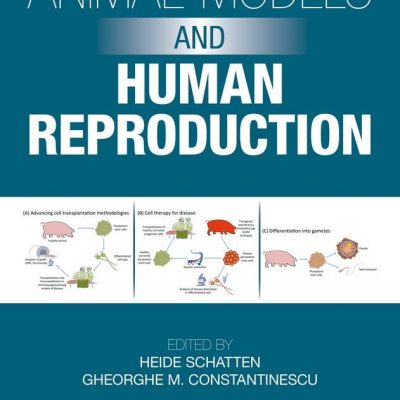
Disordered Vertebral and Rib Morphology in Pudgy Mice: Structural Relationships to Human Congenital Scoliosis
by Frederic Shapiro
September 2016
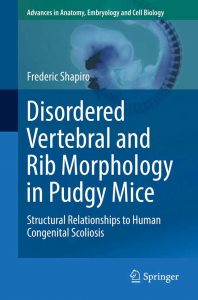
This book presents results obtained from the whole mount preparations, radiological, and histological studies of 60 pu/pu and pu/+ mice from late embryo until 3 months of age. Most mice were in the embryo to 6 week age group where vertebral developmental changes are most marked. Although vertebral abnormalities have been identified as due to mutations in the delta-like 3 (Dll3) gene, it is evident that each mouse has differing structural abnormalities. The disorder is analogous to human congenital scoliosis, a common variant of which is spondylocostal dysplasia. The histological studies presented in this book include plastic embedded sections which allow for high level resolution not only of vertebrae, intervertebral discs, and ribs but also of associated spinal cord, nerve roots and ganglia. In addition an overview of embryo and neonatal development in mouse, chick and human vertebrae is provided to better assess how and where deviant pathoanatomy occurs. The book discusses the possible variables involved in creating final deformity beyond the gene abnormality itself.
- Provides information on a structural study on vertebral abnormalities
- Casts new light on human congenital scoliosis and spondylocostal dysplasia
- Deals with all aspects of embryo and neonatal development in mouse, chicken and human vertebrate

